It’s 7am on a sunny winter morning. I’m taking my Gladys-mandated bit of fresh air when I bump into a friend; cue the sort of park catch-up that has become the highlight of every locked down Sydneysider’s day as we fight to keep a grip on our collective sanity.
She tells me about her new niece; out comes her phone with pics.
“I got a Peloton!” I squawk; out comes my phone with pics.
If it seems strange to be brandishing photos of my new exercise bike with the level of pride usually reserved for a new parent, then it’s important to understand that this is exactly the evangelical zeal that Peloton tends to inspire. Around the world, the billion-dollar exercise bike brand has attracted a cult-like following – and now, apparently, I have joined it.
For the uninitiated, a Peloton is a sleek, black stationary bicycle that comes equipped with a large video touchscreen that allows riders to join a live or pre-recorded exercise session.
Until recently, Pelotons were only available overseas, where they have become the ultimate status symbol for a certain kind of jade roller-buying, infrared sauna-loving wellness seeker.
In fact, the brand is so popular that it is currently valued at more than $40 billion. Some business experts believe it could eventually be as valuable as Netflix or even Apple. Yes, really.
Celebrities like Lizzo, Kate Hudson, Miley Cyrus and Venus Williams have all lined up to extoll Peloton’s benefits, and over the years the company has not so much attracted passionate adherents as built a global following of proselytisers who are nothing short of evangelical. Little wonder that The New York Times dubbed the company a “techno religious sect.” (Hillsong but with hill rides?)
Pelotons are also – there’s no other way to put this – eye-wateringly expensive, with the entry model Bike priced a $AUD2,895 and then the slightly more technologically advanced Bike+ at $AUD3,695.
For years, I’d read about the brand and even once ignominiously pressed my nose up against the glass of their London Chelsea showroom fantasising about the magical day that I might own one of my very own.
Then, in July, Peloton finally launched here – and presumably from their perspective, the timing couldn’t have been better. When the fitness behemoth officially opened its doors on July 14th, the Delta variant was wreaking havoc in Sydney, forcing more than five million people into lockdown. If ever there was a moment when spending oodles of money to work out in the safety of your own home seemed attractive, it was now.
And although Peloton doesn’t reveal sales figures, business is clearly booming. When the delivery guys brought mine, they revealed that their company alone was delivering dozens of the bikes to homes across Sydney every day.
Which brings me to how I – a journalist lacking a Hollywood paycheque or even the space to put the thing in my inner-city apartment – got my hands on one of these coveted bikes. In short: I pitched a story about Peloton to the editors of PRIMER. And when I say pitched a story, I mean mounted a full-scale, weeks-long campaign to write the piece.
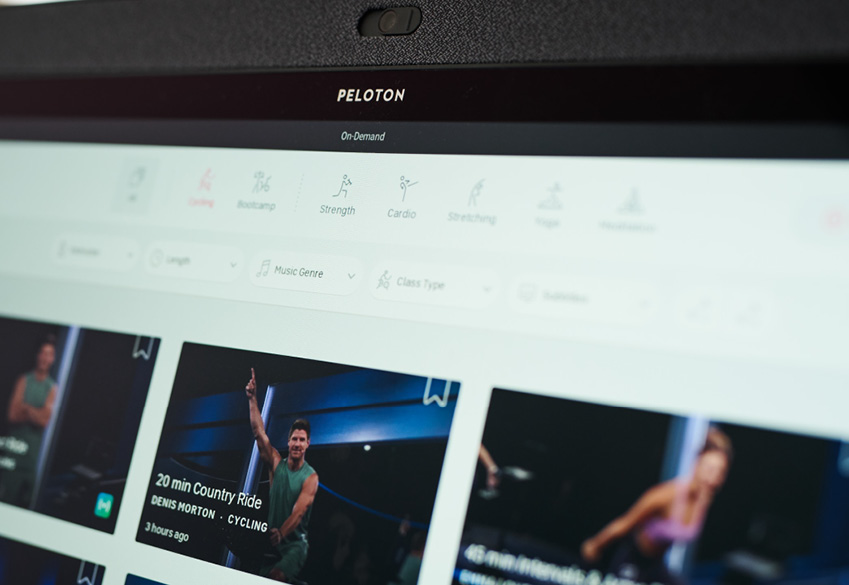
Eventually (worn down perhaps?) they agreed and arranged for a bike to arrive on loan from Peloton’s PR company.
In early July, my bike finally arrived, and I was giddy with excitement.
Spin has long been my exercise drug of choice and the magical notion of being able to jump on a bike without having to schlep to a gym in the gritty pre-dawn hours was always going to be very attractive. (My buckling credit card might have something altogether different to say…)
Still, I even surprised myself by how much I loved my first ride.
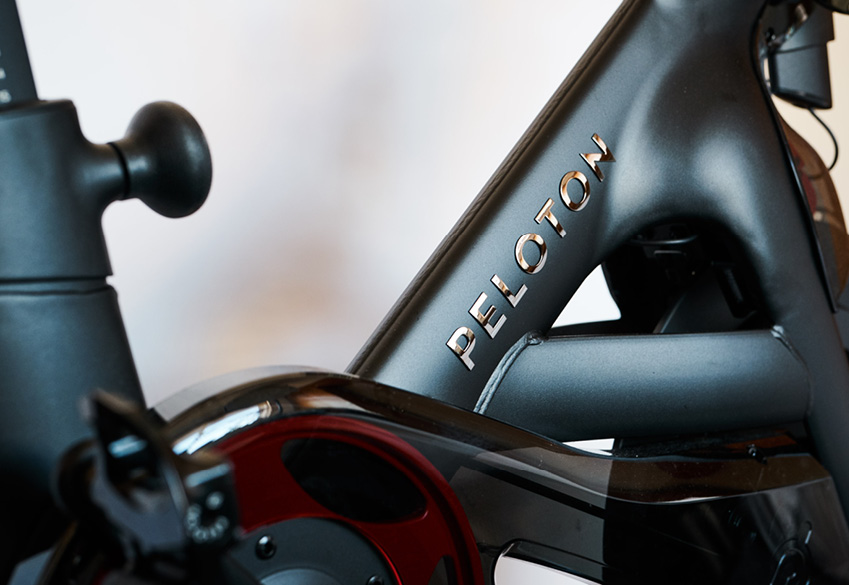
The idea behind Peloton is to replicate the boutique cycling studio experience at home, and at any moment there are thousands of classes available, ranging in duration from five to 90 minutes. You can choose the type of music you want, the instructor and the class type.
I started with an easy 30-minute ride from uber instructor Ally Love – solely because I had read about her. (Peloton’s beaming cadre of teachers have become celebrities in their own right. Love is represented by CAA, the same Hollywood mega agency that also looks after Jennifer Anniston and Cate Blanchett.)
At a godawful hour of the morning (masochist, moi?) Love’s beaming, genuine smile, the carefully curated soundtrack and a workout pegged to exactly the intensity I was after perfectly hit the sweet spot. And therein lies part of the Peloton charm: No matter what mood you are in or what sort of experience you after, they have just the thing for you.
The classes are as slickly produced as a Beyonce video, and the instructors have such a surfeit of charisma and pep that they could light up a small city.
Not only did every one of the dozen-odd rides I took offer a serious endorphin rush and an impressively heart-pumping workout, but I also fell for the Brene Brown-lite gospel of Peloton that is part and parcel of every class.
“How do you feel when you step further and further into your power?” demands instructor Olivia Amato, a cheerleader-turned-Wall-Street-trader-turned-Peloton star during one class. “Set a culture within your life, within yourself, of excellence,” urges Chase Tucker, an instructor with abs that would make Leonardo DaVinci weep and think about getting some more marble in.
This should be grating the way that Americans energetically spouting self-help can so often be. I’m not entirely sure why, but it’s not.
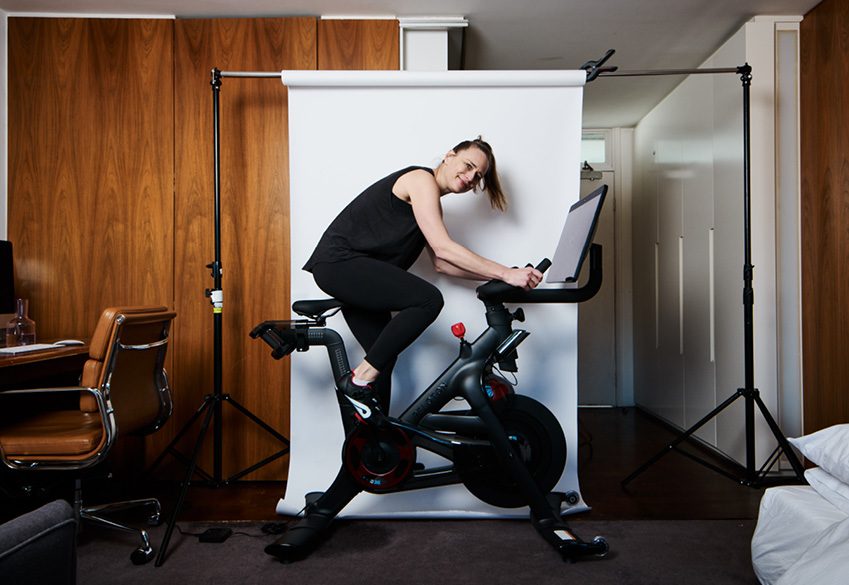
When Love earnestly says, “I see you” it feels totally and utterly genuine. Maybe because absolutely everyone involved both on screen and peddling away furiously at home has very clearly drunk the kool aid.
During live classes (which are filmed out of the company’s bespoke studios in New York and London), instructors call out individual riders to celebrate ‘birthdays’ or when participants reach particular milestones. “One Sassy Momma with 2300 [classes]! You’re crushing it!” beams Amato. (That works out to one class per day for more than six years straight.)
During every bike class, a leaderboard appears, offering you real-time feedback on your performance versus whoever else, globally, is currently taking the same class.
The inbuilt social platform also means you can follow specific people, groups and hashtags. Some of the most popular hashtags are PelotonMoms, Pelo4Wine, PelotonPride and PelotonDads, according to the company, and the top groups are PelotonTeachers and BeersAfter.
You can also send other riders who are doing the same ride as you virtual ‘high fives’ which is a delightful little dopamine kick in and of itself. And therein lies part of the secret of why Peloton is so successful. It’s the camaraderie, stupid. I love the kick I get out of exchanging high-fives with someone from Milwaukee. (Anyone know exactly where that is in the flyover states?) I find myself involuntarily grinning when Brett86 from Boston high fives me mid-hill climb. And after seven weeks in lockdown, this sense of connection is exactly what I need.
The company’s Australian boss Karen Lawson pegs the community dynamic as a key part of Peloton’s success.
“I was on a bike the other day and high-fived someone on the leaderboard…A few minutes later they high-fived me back, which was such a great feeling,” says Lawson.
“The passion our community has for the product is really centred on a shared experience – every time you ride the bike, you’re doing it along with others cheering you along.”
Certainly, the brand sees itself as far more than an exercise company. Peloton was launched in 2012 by John Foley, an American publishing executive who was frustrated by the difficulties of trying to get into popular fitness classes, which in New York, would sell out within minutes of becoming available online.
He and his wife sold their home to fund Peloton, and from the beginning they’ve strived to deliver something more than just fitness. “When you get on the bike, and then get off 45 minutes later, we’ve transformed you,” Foley told The Times of London recently.
When you get on the bike, and then get off 45 minutes later, we’ve transformed you.
“We’ve changed not only your body chemistry and mainlined this drug called endorphins into your body through your own hard work, but we’ve entertained you so much that you didn’t even know it was happening, because there is a lot going on that motivates you and excites you.”
Foley has similarly lofty visions for the Peloton brand itself. “I do think that our impact on your day is every bit as much as Apple or Amazon or Tesla,” he has said. “One of the things we want to do is become the most influential media company in the world.”
The word ‘cult’ pops up with regularity when you read about Peloton but Lawson thinks of it another way. “The word we like to use is passion – because the world hasn’t seen anything like this,” she says. “It’s an experience on your terms – whenever and wherever you want, at home on the move with our app. Nothing comes close.”
Still, the Peloton story is not all sunshine and rainbows. In December 2019, the brand released an ad called “The gift that gives back” which showed a (slim) woman being given a Peloton by her partner for Christmas. The company faced a global backlash for the 30-second spot which critics labelled “sexist and dystopian”. The PR debacle wiped $USD1.5 billion off the company’s valuation.
In May this year, the company recalled their Tread and Tread+ treadmill products after injuries and the death of a child. In June, security company McAfee revealed a vulnerability in the Bike+ which could allow attackers to potentially spy on riders and install malware. (When President Joe Biden and his beloved Peloton bike moved into the White House earlier this year it raised questions about cyber security risks.)
So, is it really worth it? Worth the price tag, worth the early morning starts, and worth having to figure out where Milwaukee is?
For my money, you betcha. (And I mean that literally. Within 24-hours of my bike arriving I’d started the process of purchasing it.) I don’t ever see myself going back to a gym and for me, my Peloton is the exercise equivalent of The One.
With a dozen rides down, I only have six years, two months and 12 days of rides to go to hit my 2,300rd Peloton birthday. I’ll see you there.




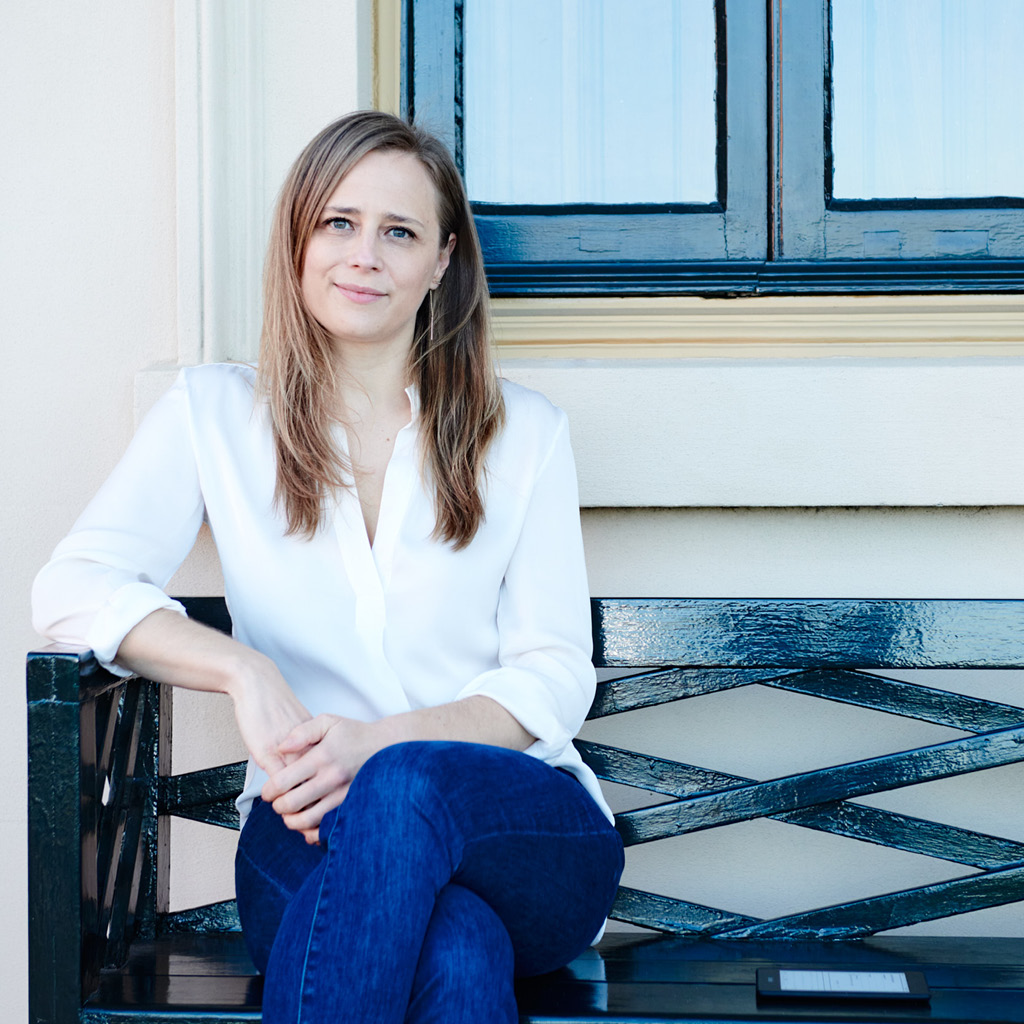
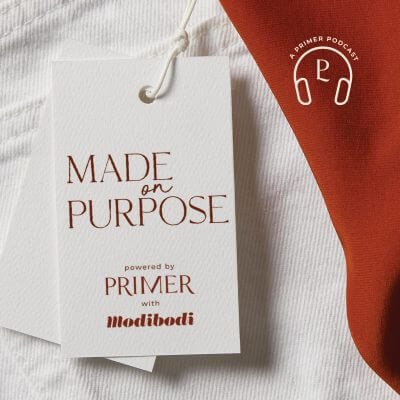






1 Comment